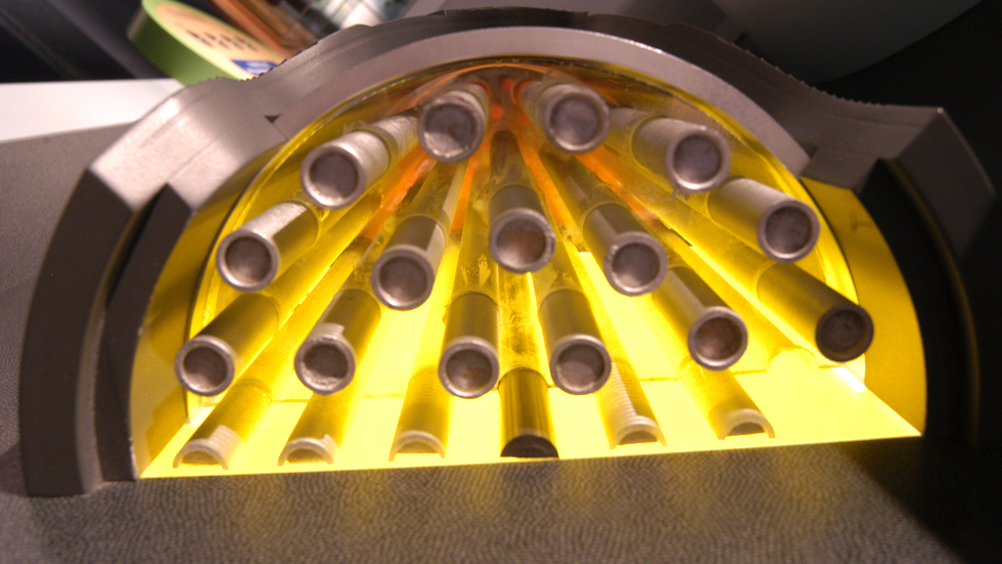Four-phonon breakthrough overcomes thermal-conductivity conundrum

Researchers believe they can predict four-phonon scattering, an advance in quantum mechanical science that could have an impact in applications that include electronics cooling.
Phonons are quantum-mechanical phenomena that describe how vibrations travel through a material's crystal structure. The phonons interact, sometimes combining and splitting into new phonons, changing direction and behaviour.
This “scattering” is fundamental to how a material conducts heat. Until now, researchers have been able to realistically model only the interactions of three phonons. In new findings, researchers from Purdue University and Oak Ridge National Laboratory have shown how to accurately model the interactions of four phonons and their effect on heat flow.
The discovery could help efforts to improve a range of technologies including thermoelectric devices; thermal-barrier coatings; heat sinks for electronics cooling; nuclear fuels; and research into solid-state heat transfer in general.
“Being able to predict four-phonon scattering has been a decades-long challenge,” said Xiulin Ruan, a Purdue professor of mechanical engineering.
Register now to continue reading
Thanks for visiting The Engineer. You’ve now reached your monthly limit of news stories. Register for free to unlock unlimited access to all of our news coverage, as well as premium content including opinion, in-depth features and special reports.
Benefits of registering
-
In-depth insights and coverage of key emerging trends
-
Unrestricted access to special reports throughout the year
-
Daily technology news delivered straight to your inbox










Fusion inches closer as ITER completes magnet system
I believe the purpose of ITER isn't to make usable power, it is a research project which will be used to design the first generation of actual...